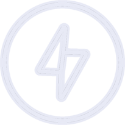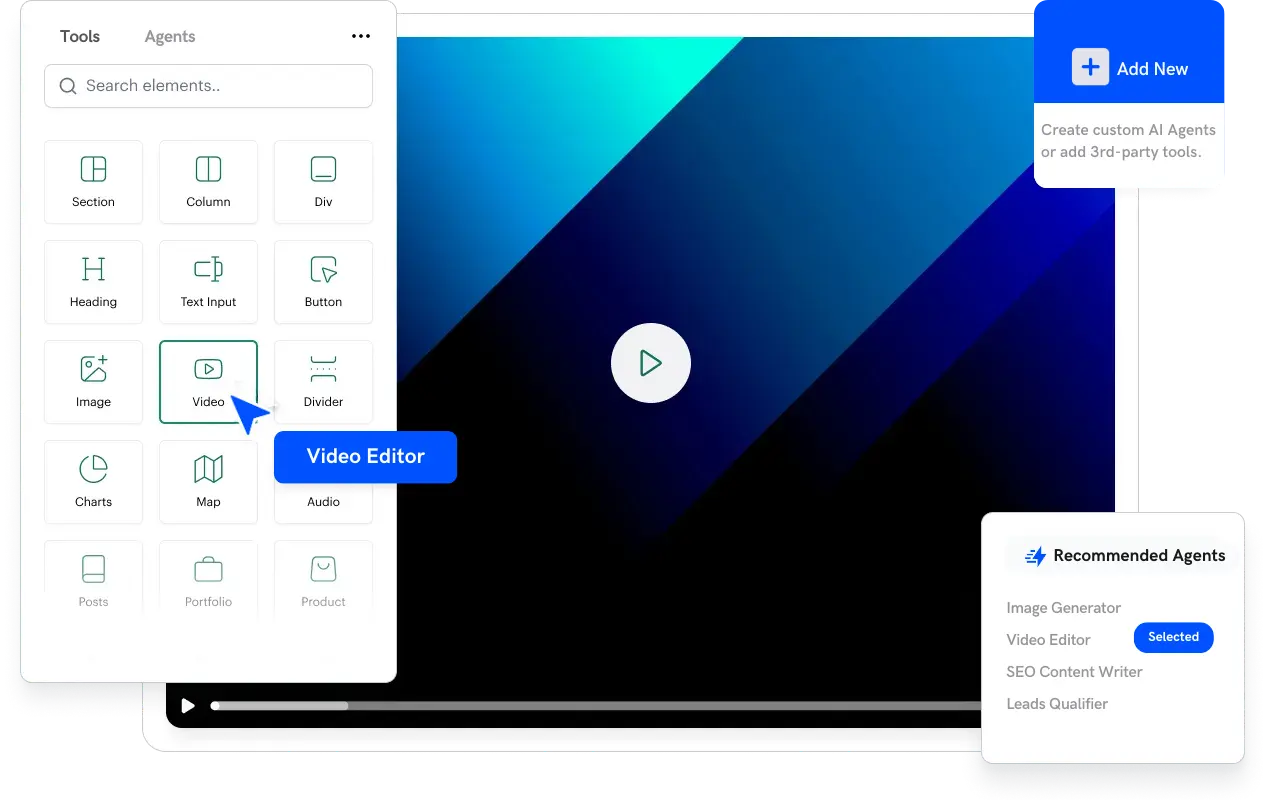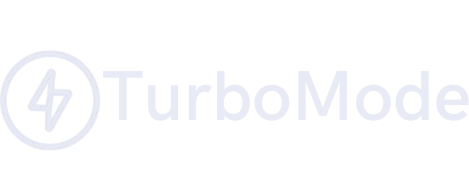Introduction
In today’s ever-connected world, achieving work-life balance is more challenging than ever. With constant demands from work, it is difficult to carve out time for relaxation, personal growth, and family. However, modern AI solutions are revolutionizing how we approach work-life integration by automating routine tasks and proactively scheduling downtime. Research from the American Psychological Association shows that employees who maintain a healthy balance are up to 20% more productive. This article explains how AI helps create smart work-life integration strategies that maximize efficiency while ensuring personal well-being.
The Problem of Work Overload
Many professionals struggle with:
- Unending Task Lists:
The constant influx of emails, meetings, and deadlines can lead to overwhelming workloads. - Neglected Downtime:
Without intentional breaks, the risk of burnout increases, and creativity diminishes. - Inefficient Task Management:
Manual scheduling leaves little room for personal time, resulting in poor work-life balance.
How AI Facilitates Work-Life Integration
AI tools can transform your daily schedule by:
- Automating Routine Tasks:
Freeing up valuable time by handling data entry, email sorting, and administrative tasks. - Dynamic Scheduling of Downtime:
Smart calendars analyze your workload and automatically block out periods for breaks, exercise, or personal activities. - Personalized Recommendations:
AI uses past behavior and current workload to suggest optimal times for relaxation and self-care. - Integration with Productivity Platforms:
By connecting with tools like TurboMode AI, AI systems ensure that every conversation and task is captured without overwhelming your schedule.
TurboMode AI Spotlight
TurboMode AI automates the extraction of action items from meetings and emails so that you don’t have to spend extra time managing your tasks. This allows you to focus on both work and personal time effectively.
“We’re shifting the game from managing work to getting work done.”
Experience the seamless integration of work and downtime—book a demo today.
Implementation Steps for Smart Work-Life Integration
- Audit Your Daily Tasks:
Identify which activities are repetitive and can be automated. - Choose Appropriate Tools:
Select AI-powered scheduling systems that offer both task automation and downtime scheduling. - Set Clear Boundaries:
Use these tools to create dedicated blocks for focused work and personal time. - Regular Review:
Monitor your schedule with real-time dashboards and adjust as necessary based on your energy and workload. - Feedback Mechanism:
Incorporate user feedback to continuously improve the integration and make adjustments that suit individual needs.
Benefits
- Increased Focus:
By automating routine tasks, you can concentrate on creative and strategic projects. - Reduced Burnout:
Regularly scheduled downtime helps reduce stress levels and prevent burnout. - Enhanced Productivity:
Employees with a balanced schedule are more efficient and produce better quality work. - Improved Well-Being:
A well-structured day that includes ample personal time boosts overall health and job satisfaction.
Case Studies and Research
A mid-sized tech company implemented an AI scheduling system to manage employee tasks and downtime. The result was a 20% increase in productivity, with employees reporting higher levels of job satisfaction and decreased stress. Another study in the healthcare industry demonstrated that properly scheduled breaks led to a 15% improvement in patient care outcomes due to reduced staff fatigue.
Challenges and Solutions
- Resistance to Change:
Employees accustomed to a traditional work schedule might resist a new automated system. Overcome this with clear communication and training. - Data Accuracy:
The effectiveness of AI scheduling depends on accurate data from your workflow systems. Ensure your data is clean and integrated. - Customization:
Different individuals have different optimal work patterns. Use AI systems that offer personalized scheduling adjustments.
Future Innovations
- Predictive Health Integration:
Future systems might integrate health data (from wearables) to adapt your schedule according to your physical and mental state. - Adaptive Learning Algorithms:
These will further customize scheduling based on continuous feedback, making your work-life integration even more efficient. - Seamless Device Integration:
Expect better integration with IoT devices to create an ecosystem where your workplace and personal environment merge effortlessly.
Conclusion
Smart work-life integration powered by AI is transforming how we manage our professional and personal lives. By automating tasks and strategically scheduling downtime, AI solutions not only boost productivity but also promote overall well-being. Platforms like TurboMode AI take this integration further by ensuring that every conversation is turned into actionable work, freeing up time for what matters most. Embrace AI-driven work-life integration to achieve a balanced, productive, and fulfilling lifestyle—book a demo today.






